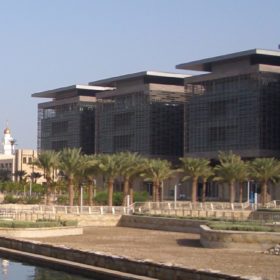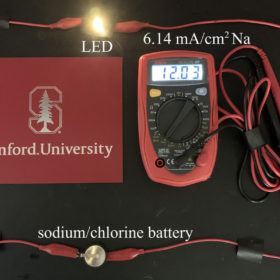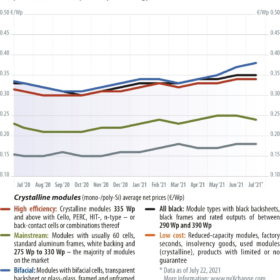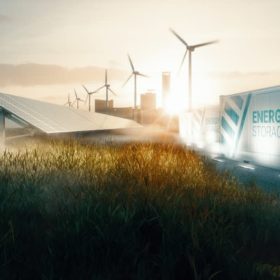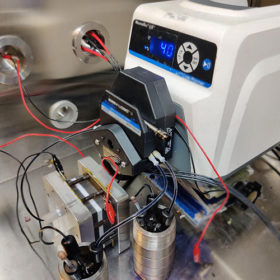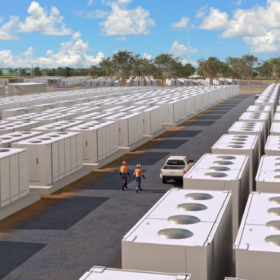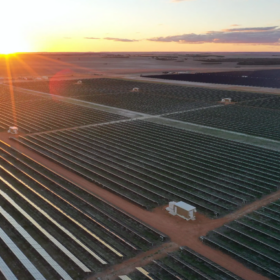Novel battery chemistry for zinc-ion batteries
Scientists have demonstrated a zinc-ion battery that overcomes many of the challenges for this technology. By working with a highly-concentrated salt solution as the electrolyte, the group was able to achieve stability over more than 2,000 cycles combined with a strong electric performance. The group says that its work opens up “a viable route to developing aqueous batteries for emerging electrochemical energy storage applications.”
Hydrogen-fuelled ute developed in Australia readies to launch
Hydrogen vehicle maker H2X is set to unveil its Australian-developed fuel cell electric hybrid Warrego Ute in November.
New alkali metal-chlorine battery promises 6x energy density
Scientists in the U.S. discovered a promising new battery chemistry based on chlorine and table salt. Batteries based on this chemistry can achieve at least six times the energy density of today’s lithium-ion batteries, according to the group that created it. The prototype battery could already be suitable for small devices such as hearing aids, and with further work could be scaled up to larger applications.
Sunday read: A decisive movement in module prices
The sky is the limit. Fortunately, this expression does not apply to current prices for PV panels, which have recently declined, following a continuous rise since the beginning of the year. Whether this situation holds, or whether prices drop further in the coming months is hard to say at the moment, writes Martin Schachinger of pvXchange. Polysilicon prices and thus wafer and cell prices could be in for a slight decline. However, a decisive movement in module prices in general is unlikely before the fourth quarter.
Saturday read: Battery recycling and material uncertainty
Lithium-ion batteries remain the front-runner to power EVs, but without clearer recycling plans from the European Union and the United States, the balance isn’t yet tipped away from heavy mining of new materials to focus on supplying industry needs, writes Ian Morse.
Hydrogen must take centre stage at COP26
Hydrogen is likely to play a crucial role in the pursuit of energy transition over the coming years. However, the UN Climate Change Conference of the Parties (COP26) in Glasgow in November will be the acid test that determines whether involved players are now prepared to put their words into action.
Redox flow battery retains more than 90% of capacity over 6,000 cycles via new catholyte
The battery was built with a new catholyte and a symmetry-breaking strategy, which consists of changing the symmetry of the redox-active organic molecules instead of using the common approach of attaching a hydrophilic functional group.
US customs enforcement is jeopardising 2.1 GW of solar projects
Solar product detentions at U.S. ports of entry all stem from a June 24 “Withhold Release Order” issued by Customs and Border Protection.
Twiggy Forrest’s green hydrogen ambitions will require renewables at 3x Australia’s total energy consumption
In a campaign style speech, Andrew ‘Twiggy’ Forrest, founder of Fortescue Metals and one of Australia’s richest men, outlined his ambition of producing mammoth quantities of green hydrogen, a task he sees as imperative to stop the “planet cooking” while also cornering a market he believes will soon be worth trillions.
How solving energy poverty could afford renewables a twofold opportunity
Solar as a solution to poverty – it’s the route Brisbane-based charity SolarBuddy is taking, bringing Australian school children with it. Crucially though, the charity’s founder Simon Doble told pv magazine Australia it’s also a unique opportunity to learn about the rollout of clean technologies unencumbered.
